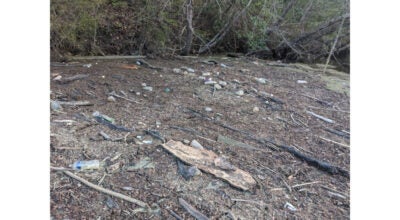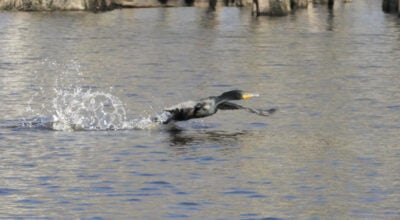Planting with purpose
Published 4:49 pm Monday, July 13, 2020
|
Getting your Trinity Audio player ready...
|
By Mary Catherine Foster
Master Naturalist
When driving along some of the less traveled roads of Western Tidewater, you may have the opportunity to slow down and notice an old abandoned homestead. The house may be almost lost from view in the thicket of briers, honeysuckle, Virginia creeper, wild grapevine and a variety of small trees that sprouted from seeds brought there by the wind or some animal. Honeybees may have found safety in the old walls, some bats living in the attic and a groundhog finding refuge under the floors. Nature has reclaimed the land.
Many of the 100-plus- year-old farmhouses are no frills wood structures that have similar two-story design. Close to the structure, there are generally some species of oaks and red maples still standing. These native trees are sturdy, grow fairly rapidly and thrive in a variety of soil types. The original owner knew what trees to plant for relief from the heat of the sun in summer. Under the branches of those trees would be an outdoor living space. Families entertained there. Children played there. Chores were performed there. The original owners anticipated that many generations of the family would occupy this space. Those trees would provide ground for many memories.
If the house is some distance from the road, one might note red cedar and/or American holly along the lane leading to the house. The cedars were valued for the decay resistant wood which was a good trait in a fence post. A row of cedars was a good windbreaker for March winds that often produced dust storms from newly plowed fields. Holly trees along the lane were a lovely frame for the house at any season of the year. It is likely there were some fruit trees on the property at some point. The peach and apple are long gone, but occasionally on the fringe, one can spot the pyramidal shape of an old pear tree. In the early life of this homestead, specific varieties of trees were planted in chosen locations. Sometimes it was convenience. Sometimes it was for comfort. But mostly it was for sustaining a more self-sufficient lifestyle.
One-hundred years later in the 21st century, landscaping for homes is mostly for aesthetic value. Our shrubs and trees are non-natives that provide little in the way of food, shelter, or materials. We may have lost that sense of a symbiotic relationship between humans and plants that rural folks once understood and valued.





